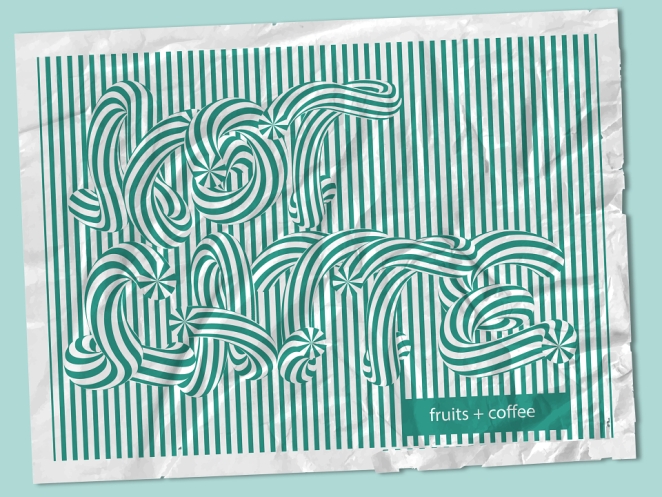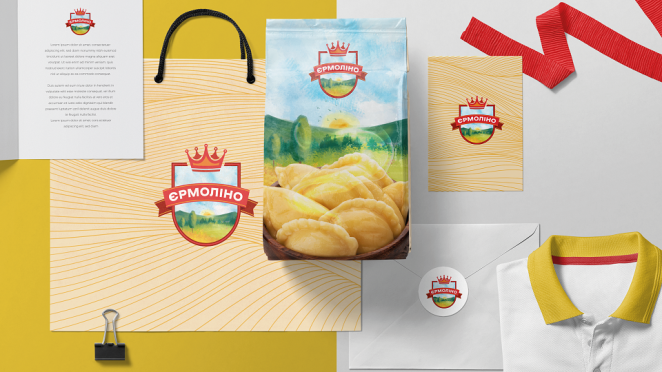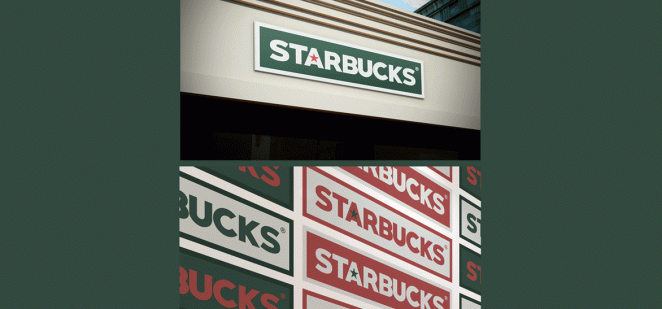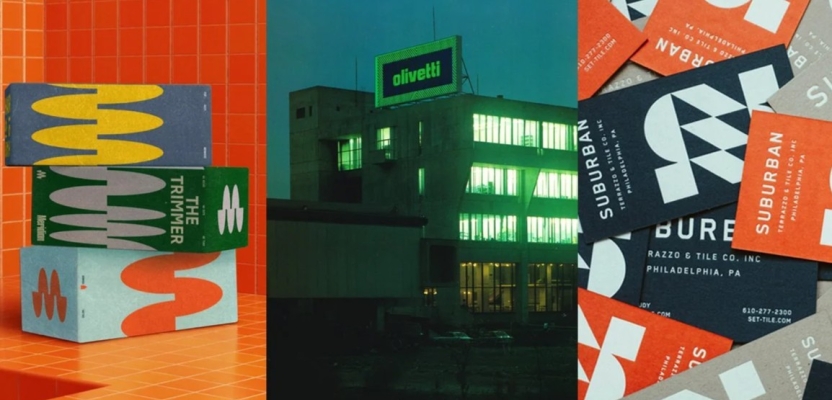Ever since branding made its mark in the commercial world, rebranding has been a constant companion, keeping the edges fresh and reimagining brands for multiple generations. From 1950s post-war mergers to today's more elaborate digital reinventions, the art of the rebrand highlights design's perpetual evolution.
In today's swiftly changing consumer environment, however, businesses finding themselves caught between honouring tradition while staying innovative. But with a deluge of visuals and quick design turnovers, the true essence of originality seems elusive and what we end up with is a raft of redesigns that appear almost indistinguishable from one another.
So, are rebrands starting to look the same? And, if so, why?
The Pressure of Commercial Expediency
Today’s designers are caught in a catch-22 situation. The quick return expectations from clients push for rapid solutions, sometimes at the expense of originality. And why strive for originality when you can piece together inspiration from Pinterest or design blogs?

Not Latte by Yingbo Qiao
A paradox also exists. Only design agencies with a track record of unconventional rebrands can convince clients to embrace unique designs. On the other hand, lesser-known studios struggle to break free from design conformity. Larger firms might appear to be drawing from the smaller ones, but perhaps it’s more about an aesthetic trickle-down, as once-niche styles gain broader acceptance.
Money Matters
The intricacies of pricing in branding further blur the distinction between effort and output. Unlike clear cost breakdowns in construction, branding's ethereal nature leads to ambiguity.
Arizona Cyotes by Laura Sampedro
Clients are essentially investing in ideas, expertise, and those sporadic moments of brilliance – think Paula Scher's Citibank logo, a napkin doodle. This obscurity fosters more scepticism: why pay more for unclear returns?
Constraints and The Quest for Originality
Historically, rebrands revolved around print, demanding considerable investment. Modern rebrands, often digital, might be easier to modify but may lack the same depth. Then there’s the conundrum of the post-launch dilution of identity.

Ermolino by Vadym Aseiev
Of course, while designers champion originality, the measure of originality is subjective. But could the trend towards familiar designs hint at an inherent appeal that’s almost impossible to overwrite?
A Trend as Testament to Success
Design trends are often indicators of efficacy. Present-day motifs in rebrands might primarily emerge from functional needs. Flat-vector illustrations or brushy doodles, both adaptable and diverse, serve brands aiming for a contemporary feel. The value isn’t merely aesthetic; it’s functional.

Suse by Joana Correia
However, aiming for originality doesn't promise it. Ideas sometimes seem to float in the collective psyche, waiting for the right moment to strike. What's deemed innovative today may just be the opposite of the commonplace and will be seen as dated by the time the rest of the world catches up.
The Comfort of Familiarity
Ultimately, human psychology leans towards patterns. Visual cues signal brand ethos, making them instantly recognizable. Reflecting contemporary values, rebrands serve as a mirror to their times. Yet, drastic shifts might alienate existing customers, while hugely successful rebrands risk imitation.

Starbucks by Simon Waloszek
The essence of an impactful rebrand, however, always lies in its alignment with a client's vision and challenges. Truly timeless ideas emerge from tailored solutions and new doesn't always mean bold. In fact, sometimes, simplicity is the bravest choice because all you need is a catchy tune that resonates with the audience, even if it feels familiar.




